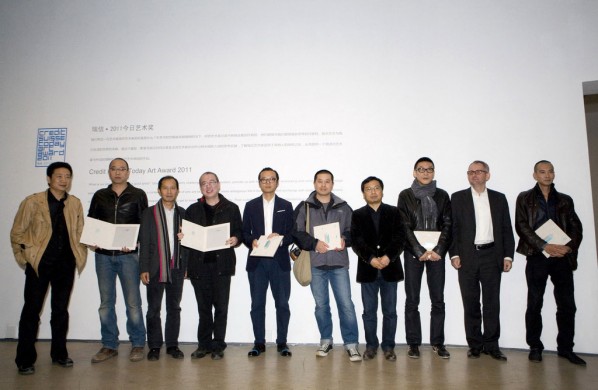
Opening Ceremony of Shortlisted Show of Today Art Award 2011(from the left, Zhang Zikang, Director of Today Art Museum; assistant of nominated artist Liu Wei; Hou Hanru, the Chairman of Jury of Credt Suisse Today Art Award 2011; nominated artists Chen Chieh-jen, Huang Ran and Li Mu; Huang Du,Jury of Credt Suisse Today Art Award 2011; Andre Rogger,Curator of Credit Suisse Art Collection; nominated artist Zheng Guogu
Nominated artists of this year’s Today Art Award were announced in Today Art Museum on October 29th, which are Chen Chieh-jen, Li Mu, Liu Wei, Huang Ran, Zheng Guogu and Wang Jianwei. Shortlisted Show of Credit Suisse Today Art Award 2011 exhibits the most representative works of these six artists in Hall 3, Today Art Museum from October 30th to November 13th, 2011. The winner will be announced in December 2011.
As the first art award set up by non-profit museum in China, Today Art Award will annually select one awarding artist for his or her constant artistic creation, challenge towards the traditional artistic expression, creative inspiration & development for visual art and contemporary culture. Sponsored by Credit Suisse and Today Art Museum, and organized by Oriental Art – Masters, it’s founded in 2010. The jury for the 2011 prize includes: André Rogger, Director of Credit Suisse Art Collection; Huang Du, curator; Hou Hanru, well-known curator and art critic; Clara Kim, Director of REDCAT Gallery(USA) and curator; Dr. Urs Buchmann, collector; Zhang Zikang, Director of Today Art Museum; Zhu Qingsheng, Director of Center for Visual Studies, Beijing University(in alphabetical order).
The Today Art Award Nominated Artists Are:
Chen Chieh-jen has been engaged in photography for 20 years; in 2002, he turned to video, installation and performance art, and emerged as an active artist on the world art stage. He obsesses in slow-motion video which highlights the heaviness in a simplified way; the audience could comprehend the information in his art work without any hints.
Artist statement -Chen Chieh-jen believes that years of domination and the current mainstream neoliberal discourse have either hidden or eliminated much of the social reality and historical context of Taiwan, and Taiwanese society has lost the ability to think about the future from the context of the past.
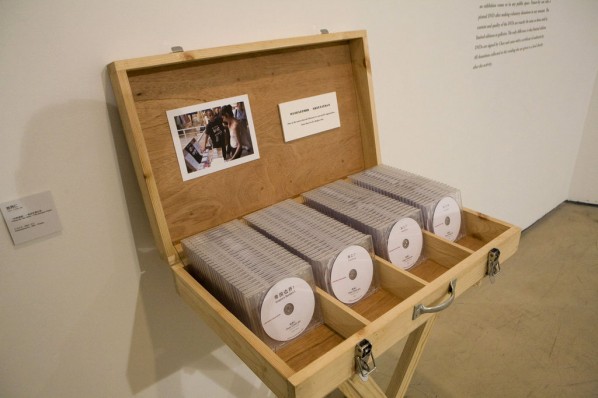
Pirate My Own Work - Free Donation Project by Chen Chieh-jen; Performance Art,2007 – Present
Li Mu started with his art work Public Knowledge in 2008, and began to focus on daily life. He created Blue Books, Presents, Strangeness, Left Hand Diary and other works.
Artist statement- Years ago I resigned my job as a teacher and came to Shanghai to pursue my dream of being an “artist”. It’s been nearly four years since I quitted and started to immerse myself in reading and art creation. During these four years, besides the bitterness and happiness brought by the process of creation, I also felt a kind of anxiety, absent-mindedness and upset. And as I got elder, such feelings became even stronger, which affected my learning and creation processes, I become aware that I must take a break, to figure out the problems that bother me and gain more insight into myself.
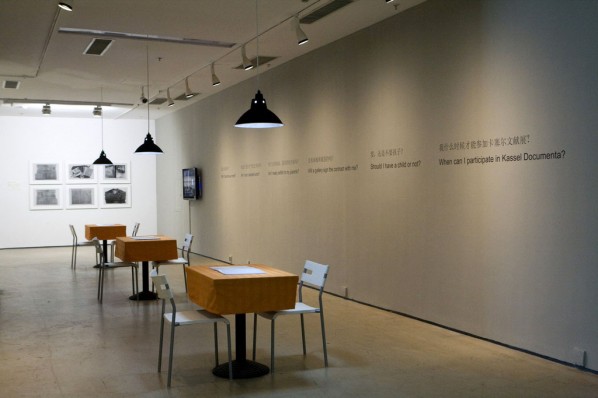
My Questions by Li Mu, 2011
Huang Ran's creations involve conceptual art and art criticism; however, he is not pursuing a kind of critical understanding. Under the strategy of artistic language conception, he tried to work with different media, and grasped the completions of his artwork.
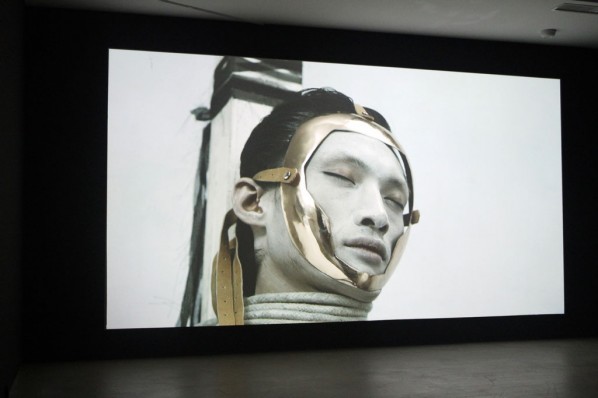
Suppression Sets the Repressed Desires Free by Huang Ran; Inkjet Print,Metallic Ink on Paper,64×46cm each,2011
Liu Wei is famous for his large scale installation which using ironic and striking visual image. His art works include the following topics: environment degradation, the powerful and colorful history, and the contemporary urban life, which both has temptation and hatred characteristics. He stresses about the interaction between the artistic visual styles and the viewers by affecting the audience' physical and psychological feelings in order to let them re-examine the social environment that they stay in.
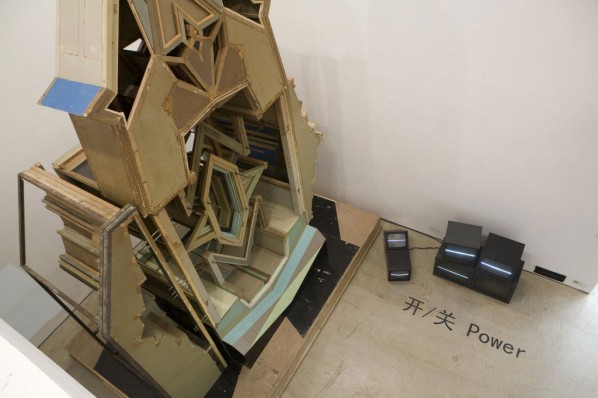
Myriad beings No.1 and Power by Liu Wei; Recycled door frames, found wooden beams, acrylic board, stainless steel,4.5×3.2×6.7m,2011 and TVs,Dimensions Variable,2011
Wang Jianwei's research is related to philosophy, sociology, cultural studies, anthropology and other fields. "Uncertainty "and "Questioning" have always been the major topics of his artworks. His challenging the "Institution" and "Rule, and questioning "Validity” have made him strongly immune to "Collectivity", "Fashion" and "Consistency", which also leads the discussion of Wang Jianwei's artwork to a philosophical level.
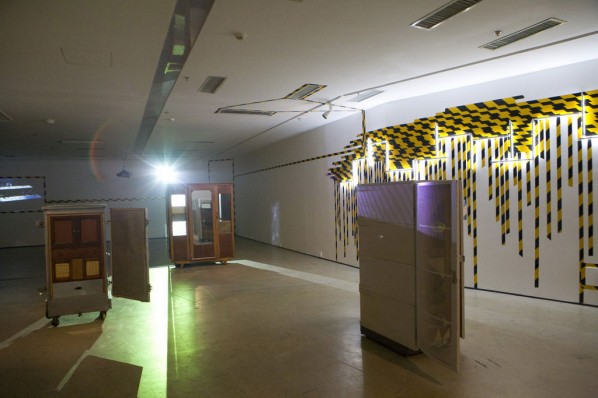
Asylum by Wang Jianwei, 2011; mixed media
Zheng Guogu and their "Jiang yang Group" enjoyed the total freedom provided by the transition from agriculture to commercial and industrial cities. They used the popular installation and performance art to solve some difficult problems, for example, the relationship between classical art and pop art, between strict tradition and cynical reality, elegance and vulgarity, globalization and regionalization and so on, providing confusing and exciting answers.
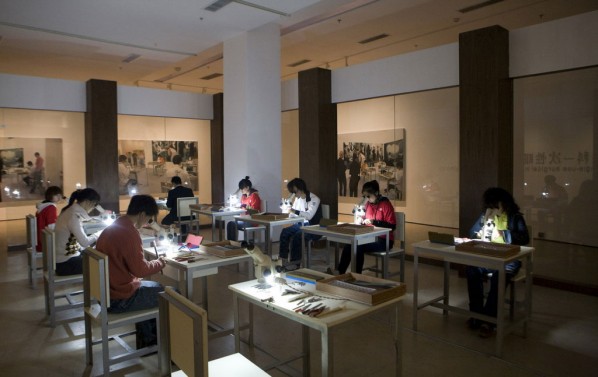
Source Mill of Jin Zhongwei by Zheng Guogu, 2008




























